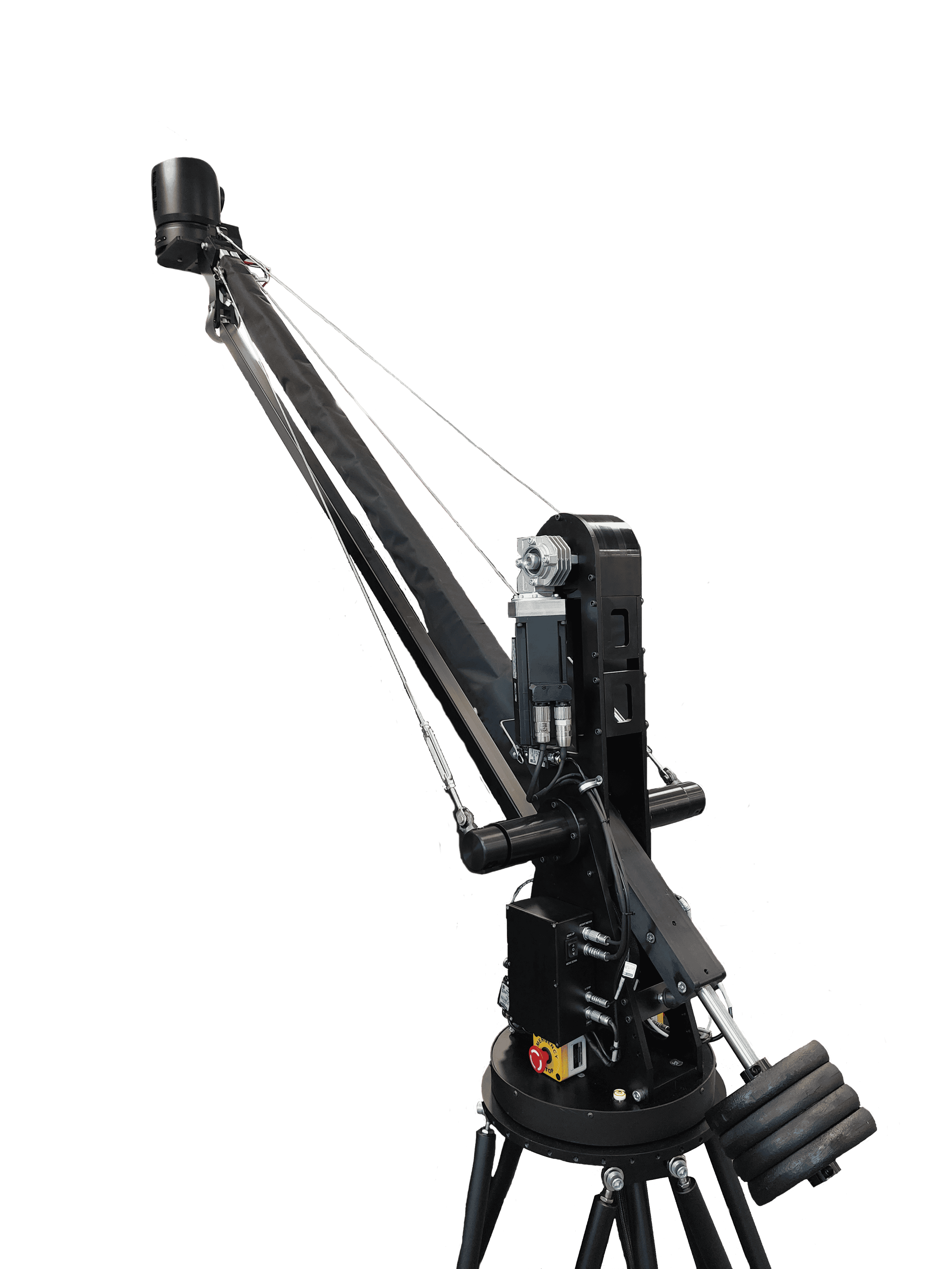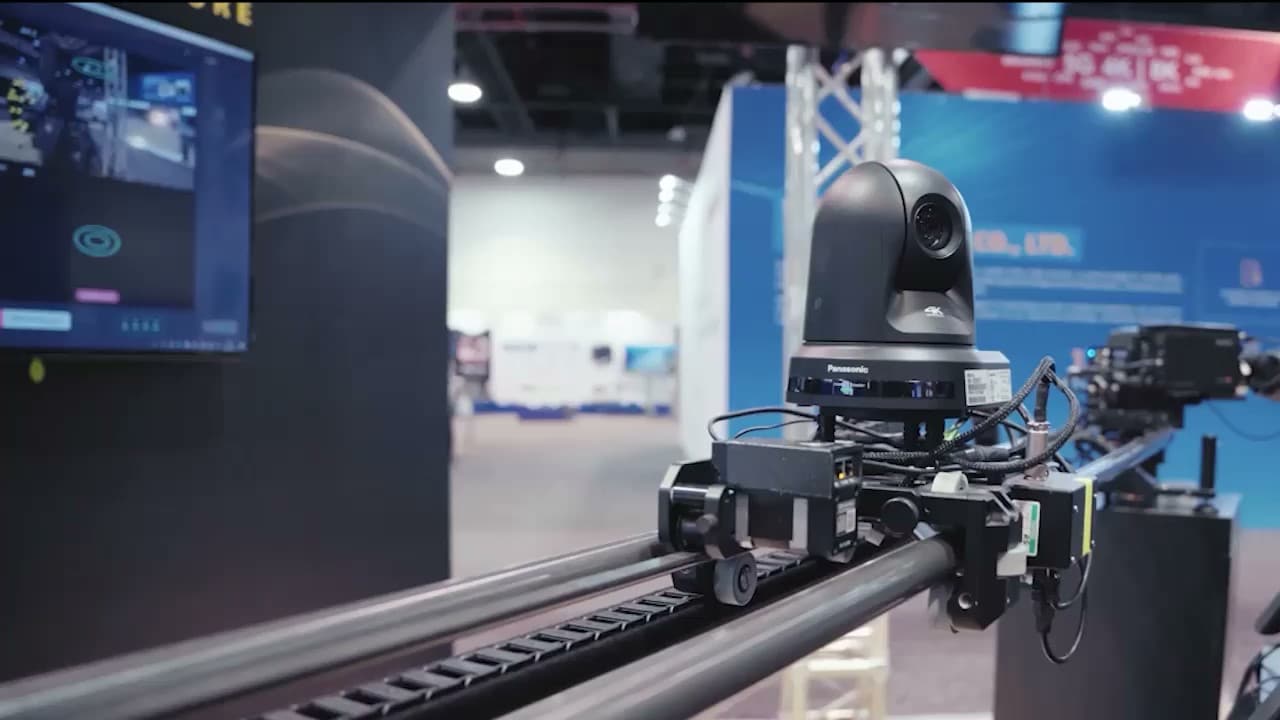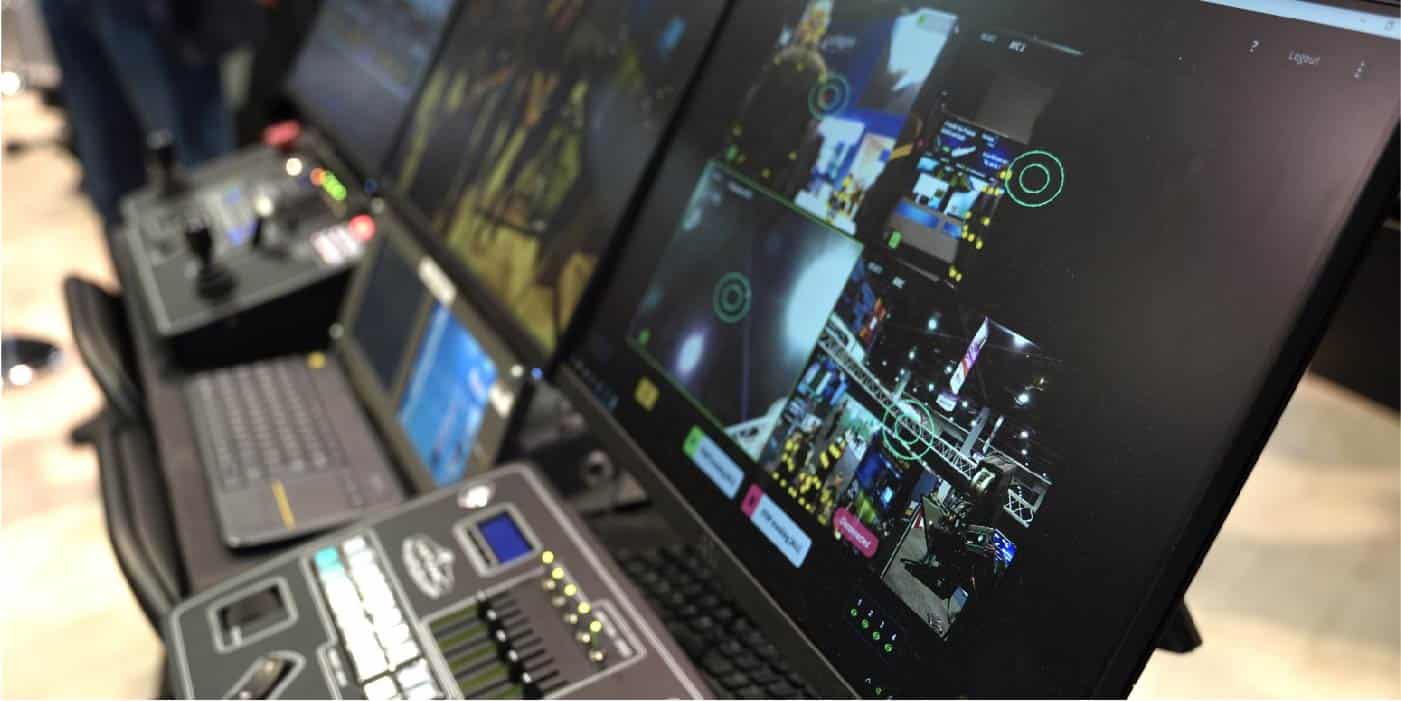Camera Robotics Solutions For Any Size Church Service
From PTZ Live Streaming Services to Tier-One Broadcast
In today’s media landscape, there is a huge choice of technology available that claims help production teams ‘do more’ to increase creative output and points of difference. For those responsible for integrating production technology into houses of worship, it can be hard to navigate this increasingly competitive market and know which solutions will fit best with existing resources, teams, and budgets.
While camera robotic heads, tracks, and towers are an established technology within the broadcast market, there are specific advantages and ways that these tools can be designed into houses of worship that will help grow production and create efficiencies over the longer term, ranging from the more the functional look normally achieved from integrated PTZ cameras to the unparalleled creative possibilities that a large sensor camera with a shallow depth of field can offer.
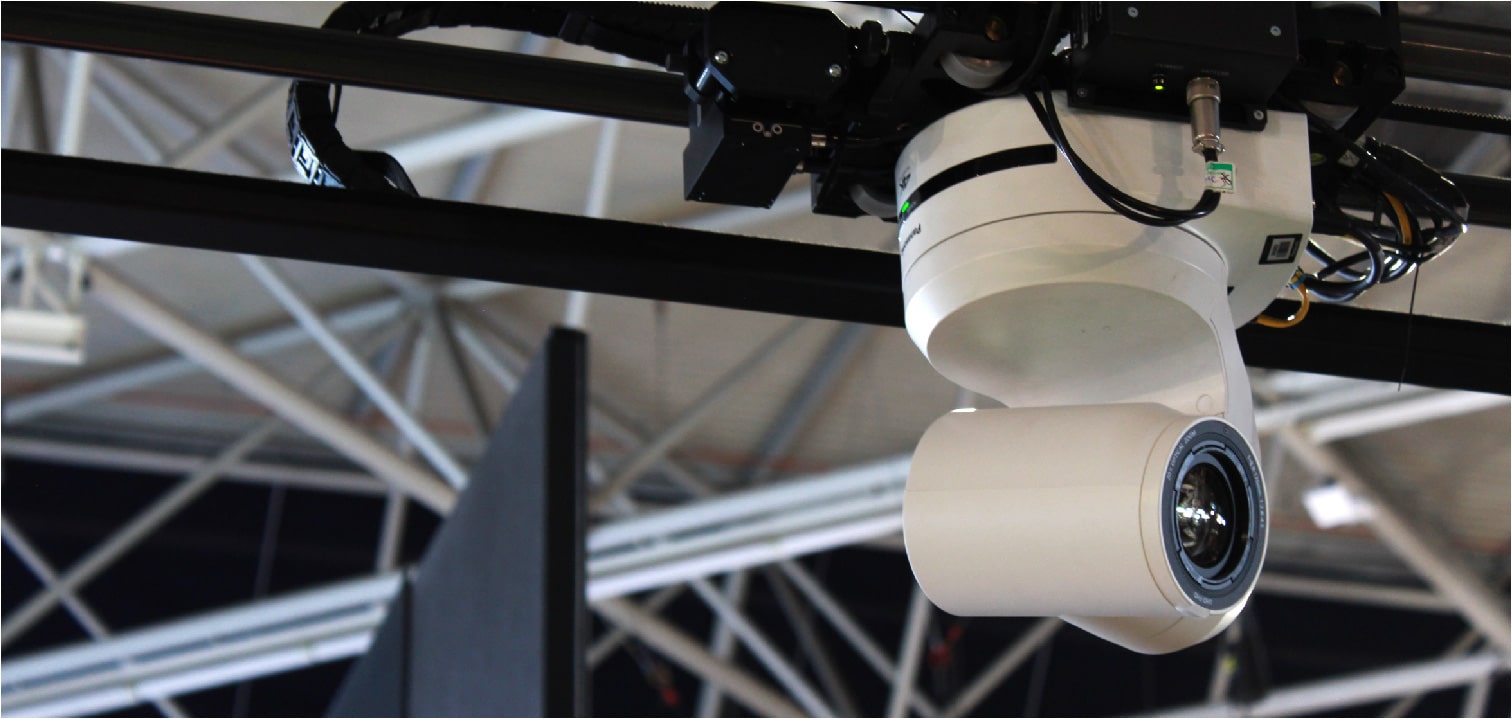
Enabling PTZ Production
Churches are investing more in their productions to accommodate packed schedules and to support online streaming services, usually bringing in AV personnel for support. Introducing camera robotics into this workflow offers a different way to approach and manage growing productions, and integrating this technology isn’t as complicated or expensive as one might think. Immediately, camera robotics help production teams expand interest while delivering practical benefits, particularly when integrating with entry-level PTZ cameras.
Churches are investing more in their productions to accommodate packed schedules and to support online streaming services, usually bringing in AV personnel for support. Introducing camera robotics into this workflow offers a different way to approach and manage growing productions, and integrating this technology isn’t as complicated or expensive as one might think. Immediately, camera robotics help production teams expand interest while delivering practical benefits, particularly when integrating with entry-level PTZ cameras.
The first benefit is that robotics help create a safe, streamlined operating environment by replacing traditional kit with tools that support remote production practices. To meet this objective, Triumph Church invested in MRMC’s Auto-Jib System (AJS) to replace its traditional crane. The AJS is driven remotely from the control room using a single broadcast panel and delivers quiet and smooth camera motion while supporting any make of PTZ camera.
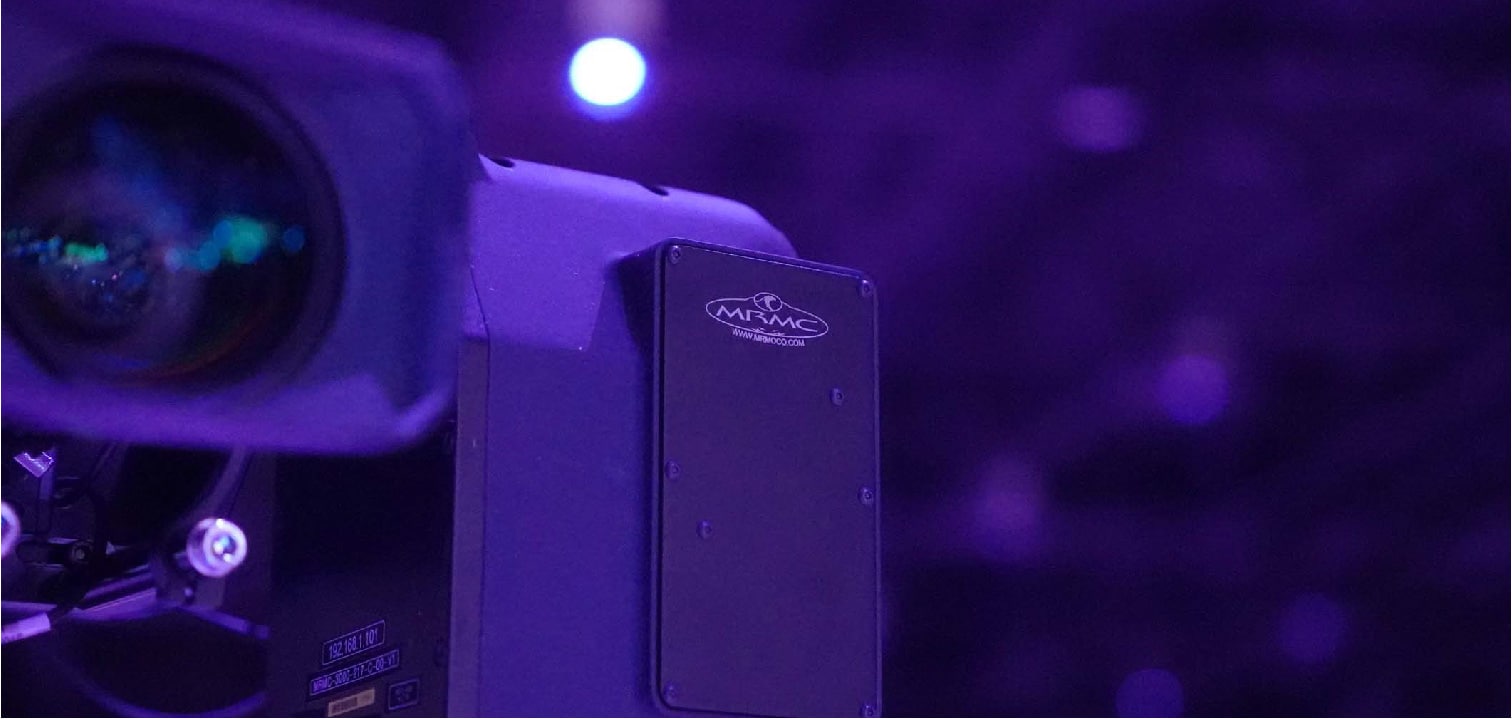
Supporting Broadcast-Quality Cameras
For those looking to go beyond streaming-level services, MRMC’s range of robotic heads offers inbuilt and open integration with broadcast-quality cameras and existing studio systems. Open integration also means these more advanced solutions can work alongside existing graphics systems, including those used in VR, XR, and AR-based productions.
With its small footprint and smooth, precise motion, the AFC robotic head from MRMC is a popular choice among those working in live events. This compact camera system can carry any camera up to 15Kgs. It’s suitable for many environments, including broadcast studios, live productions, events, and sports.
For those looking to go beyond streaming-level services, MRMC’s range of robotic heads offers inbuilt and open integration with broadcast-quality cameras and existing studio systems. Open integration also means these more advanced solutions can work alongside existing graphics systems, including those used in VR, XR, and AR-based productions.
With its small footprint and smooth, precise motion, the AFC robotic head from MRMC is a popular choice among those working in live events. This compact camera system can carry any camera up to 15Kgs. It’s suitable for many environments, including broadcast studios, live productions, events, and sports.
With eight different camera positions in its 3,200-seat Maryland Heights sanctuary, Grace Church integrated two AFC 100 heads into its workflow as part of an upgrade to its aging system. Influenced by the AFC’s smooth live movement combined with MRMC’s multi-head controller (MHC) software interface, the heads are used during prayer services to spin the camera around and see what’s going on FOH, across the auditorium or the stage entrance. Using the controller software makes it simple and efficient to catch these additional shots from the control room without having to set up any alternate camera feeds.
Go Further With Motion and Automation
An easy solution for a more appealing and engaging experience
A moving rail system, such as MRMC’s QRS Quiet Rail System, provides an easy solution for customers looking to provide their viewers with a more appealing and engaging experience. The AFC head and third-party PTZ camera can be mounted on the QRS rail to unlock more dynamic shots and add value. The modularity of the QRS makes it easy to add or remove sections of the track, starting from a length of 1 metre, up to 20 meters or more, and the rail can be underslung from the ceiling when used in more compact environments.
A moving rail system, such as MRMC’s QRS Quiet Rail System, provides an easy solution for customers looking to provide their viewers with a more appealing and engaging experience. The AFC head and third-party PTZ camera can be mounted on the QRS rail to unlock more dynamic shots and add value. The modularity of the QRS makes it easy to add or remove sections of the track, starting from a length of 1 metre, up to 20 meters or more, and the rail can be underslung from the ceiling when used in more compact environments.

